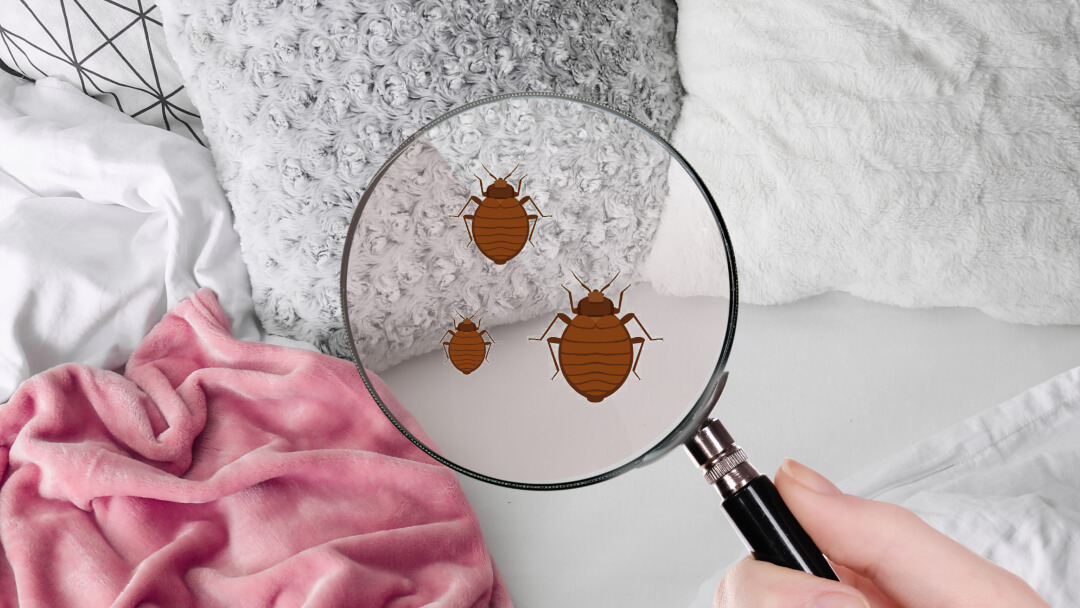Comprehending the Lifecycle of Bugs for Targeted Control Methods
Recognizing the lifecycle of bugs is an essential aspect of effective pest monitoring techniques. Via a much deeper understanding of how parasites develop and grow, customized control approaches can be designed to address specific factors in their lifecycle, inevitably leading to even more effective insect management outcomes.
Value of Recognizing Parasite Lifecycle
Understanding the lifecycle of pests is important for establishing efficient and targeted control techniques in bug management. By comprehending the different stages an insect goes via from egg to grownup, pest control professionals can identify vulnerable factors in the lifecycle where intervention can be most successful.
Furthermore, identifying the specific ecological problems necessary for each stage of the parasite's lifecycle can lead choices on habitat modification or exemption approaches to decrease and disrupt the lifecycle parasite populations. This knowledge enables pest monitoring experts to execute proactive measures instead of depending entirely on reactive therapies, causing more lasting and lasting insect control solutions. Inevitably, an extensive understanding of insect lifecycles empowers insect control professionals to customize their strategies efficiently, minimizing environmental impacts and making best use of control outcomes.
Secret Phases in Insect Advancement
To efficiently apply targeted control methods in pest administration, a crucial facet lies in adequately identifying and recognizing the crucial stages in bug development. Insect growth normally includes numerous key phases that are important for their lifecycle and management. The initial stage is the egg stage, where parasites lay eggs that later hatch out into larvae. Larvae after that progress into pupae, a phase where they undergo transformation before emerging as grown-up pests. Recognizing these phases is important as it aids in identifying prone factors in the lifecycle where control steps can be most effective.

Vulnerabilities in Pest Lifecycle
Throughout the various phases of a bug's lifecycle, distinctive vulnerabilities emerge that can be purposefully targeted for effective control procedures (A1 Bed bug exterminator houston LLC). One essential susceptability lies in the egg phase, where insects are commonly much more at risk to certain insecticides or biological control agents due to their soft external click here to read shell, making them easier targets for treatment. Comprehending these vulnerabilities in the bug lifecycle is vital for developing specific and effective control techniques that properly handle pest populations while minimizing ecological impact.
Carrying Out Targeted Control Measures

Applying targeted control procedures usually entails a multi-faceted technique. This may consist of habitat alteration to make the atmosphere much less congenial to pests, such as getting rid of standing water for mosquito control or sealing entrance points for rats. In addition, organic control techniques can be utilized, where natural predators or virus are introduced to maintain parasite populaces in check.
Chemical control, such as the cautious application of pesticides, is one more common approach. Nevertheless, it is necessary to utilize these substances deliberately to decrease environmental impact and possible harm to non-target types. Integrated Insect Monitoring (IPM) approaches that combine numerous control measures in a collaborated and sustainable way are often the most reliable in achieving long-lasting bug monitoring objectives. By carrying out targeted control measures based on a thorough understanding of bug lifecycles, insect populaces can be effectively managed while minimizing dangers to human health and wellness and the setting.
Improved Parasite Management Practices

Additionally, the unification of biological control representatives, such as natural killers or pathogens of parasites, can help in reducing reliance on chemical pesticides and advertise a more well balanced environment. Executing physical barriers and catches can additionally belong to enhanced insect monitoring practices, using safe and targeted remedies for insect control. In addition, using scents and various other semiochemicals can interrupt pest mating patterns and communication, causing reduced insect populaces over time.
Verdict
By recognizing essential stages in parasite growth and vulnerabilities in their lifecycle, targeted control steps can be carried out to decrease parasite populaces. Boosted parasite monitoring techniques can assist lower the dependence on broad-spectrum chemicals and promote more sustainable and environmentally pleasant bug control techniques.
Comprehending the lifecycle of bugs is necessary for creating efficient and targeted control strategies in pest management. By understanding the different phases a parasite goes via from egg to grownup, parasite control specialists can recognize prone factors in the lifecycle where intervention can be most effective. Eventually, a thorough understanding of pest lifecycles encourages bug control experts to customize their techniques properly, lessening environmental influences and making the most of control outcomes.
By carrying out targeted control procedures based on a comprehensive understanding of parasite lifecycles, parasite populations can be properly managed while reducing threats to human health and the environment.
By determining key phases in pest growth and vulnerabilities in their visit the site lifecycle, targeted control procedures can be applied to lessen pest populaces.